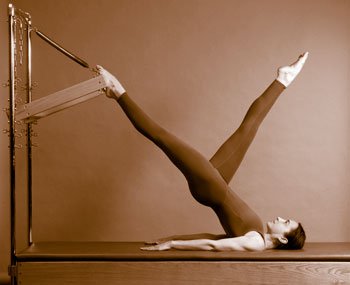
We often read about stress in work and family life. We are aware of its physical and psychological dangers. There are many products, procedures and services advertised to help relieve it. But do we actually know what stress is and what causes it? By examining personal beliefs and value systems we can get to the heart of the matter and better manage stress.
Stress appears to have at least two broad dimensions: external and internal. The external dimension relates to our environment, for example, the events in our life, lifestyle demands and other people. The internal dimension relates to how we perceive such events, our goals and belief systems. It is in this area that I believe a philosophical approach can be helpful. Stress can have positive as well as negative effects. It can motivate us to get out of bed in the morning as well as make and meet goals. It can help us rise to challenges and be successful in work, sport or recreation.
Its negative effects, however, occur when we cannot, or perceive that we cannot, cope with it. Physical and psychological breakdown can occur. Physical symptoms include migraines, shoulder, neck and back pain, heartburn, diarrhea, constipation asthma and allergies. It can also lead to sleep disorders, autoimmune disease, chronic pain, cardiovascular disease and chronic fatigue. Psychologically, it can cause forgetfulness, indecisiveness, hopelessness, anxiety, and depression. Behavior can also be affected with increased drinking and smoking, obsessive compulsiveness and memory lapse, according to Australian government and commercial sources at http://www.betterhealth.vic.gov.au and http://www.mydr.com.au.
How we relate to stress internally can be affected by our physical condition, whether it is sickness (e.g. viral infection), fatigue or degree of fitness. Psychologically, it can be affected by our self-esteem, problem-solving abilities, attitudes and goals. Philosophically, it relates to our value and belief systems. While the physical and psychological aspects of stress have been tirelessly written about, these philosophical aspects have been largely ignored. People seem more concerned with treating the symptoms than the problem, which may be more philosophical in nature.
Identifying and managing philosophical aspects of stress
Everyone has values and beliefs. Some people value money and assets, others getting drunk on Friday nights. Some value environmental concerns over economic interests, others showing success with expensive cars and houses. These personal values are mixed with our religious and cultural beliefs and contribute to our behavior. Yet, how many of us have actually examined our value system? When it comes to managing stress, whether we passively acquire it from society, life experiences, culture, all the above or somewhere else is not as important as being aware of our value system. This is because negative consequences of stress can occur when we behave counter to it.
For example, a person who values time with the family may have little chance to do so because he or she works 10- to 14-hour days. While someone else may see this as an opportunity to provide more money for his or her children's education, it may be a source of stress for that person. Internally, both react differently based on their value systems. So, examining our value and belief systems, or philosophy of life, can give us insights into internal sources of stress - and be a good starting point for managing them. An important element of stress management is to confront these philosophical issues. I recommend a three-step process:
- The first step is to examine your value system. Study your behavior and ask yourself the following questions: Why did I do that? What should I do in similar situations? What do I value more or less? In effect you are asking yourself, "Who am I?"
- The second step is to dream. Find a quiet place and time then identify your ideal lifestyle. This begs other important questions: How should I live? How much of my dream lifestyle would really contribute to my happiness, as judged by my own criteria? Am I ignoring other more important values?
- The third step is problem solving. Identify the problem, brainstorm ideas, evaluate the pros and cons of each idea then select the best solution. Next, act and evaluate. If need be, start from the first stage again.
These three steps should be continuous throughout one's life. To achieve one's dream could take decades, if attained at all. But you may attain satisfaction knowing you have started your journey - you are starting to be and act the way you believe you should.
Although not scientifically tested, I believe that by acting more inline with examined values people can change their behavior in a way that brings physical and psychological benefits. They may become more relaxed, decreasing muscle tension, migraines and chronic pain. Diet and physical activity levels may also improve, leading to better weight control. Sleep patterns can improve and fatigue alleviated as well as dependency on drugs - legal and illegal. This can decrease risk factors for cancer and other health problems.
If you are not willing to take this path then I suggest you follow the physical and psychological methods of coping with stress. But please don't ignore - or worse, accept - your stressful situation.
thxs japan fitness
http://www.fitnessjp.com

